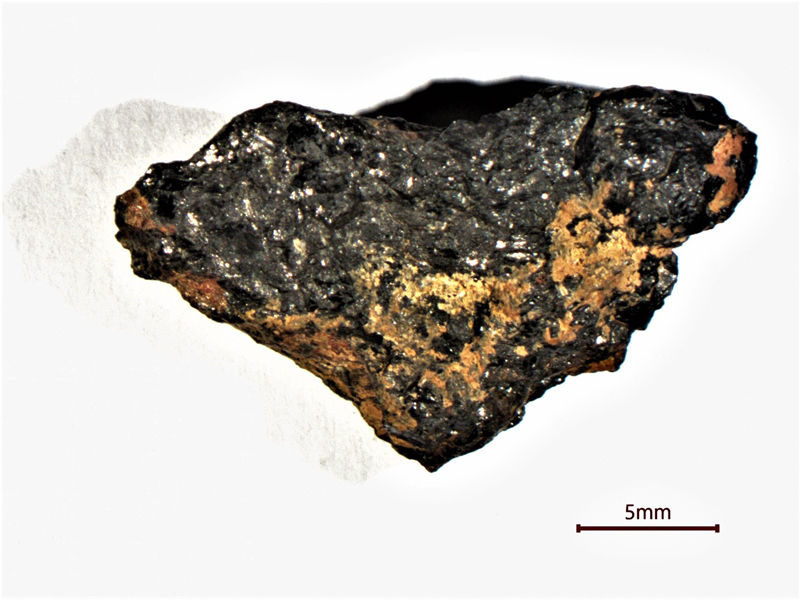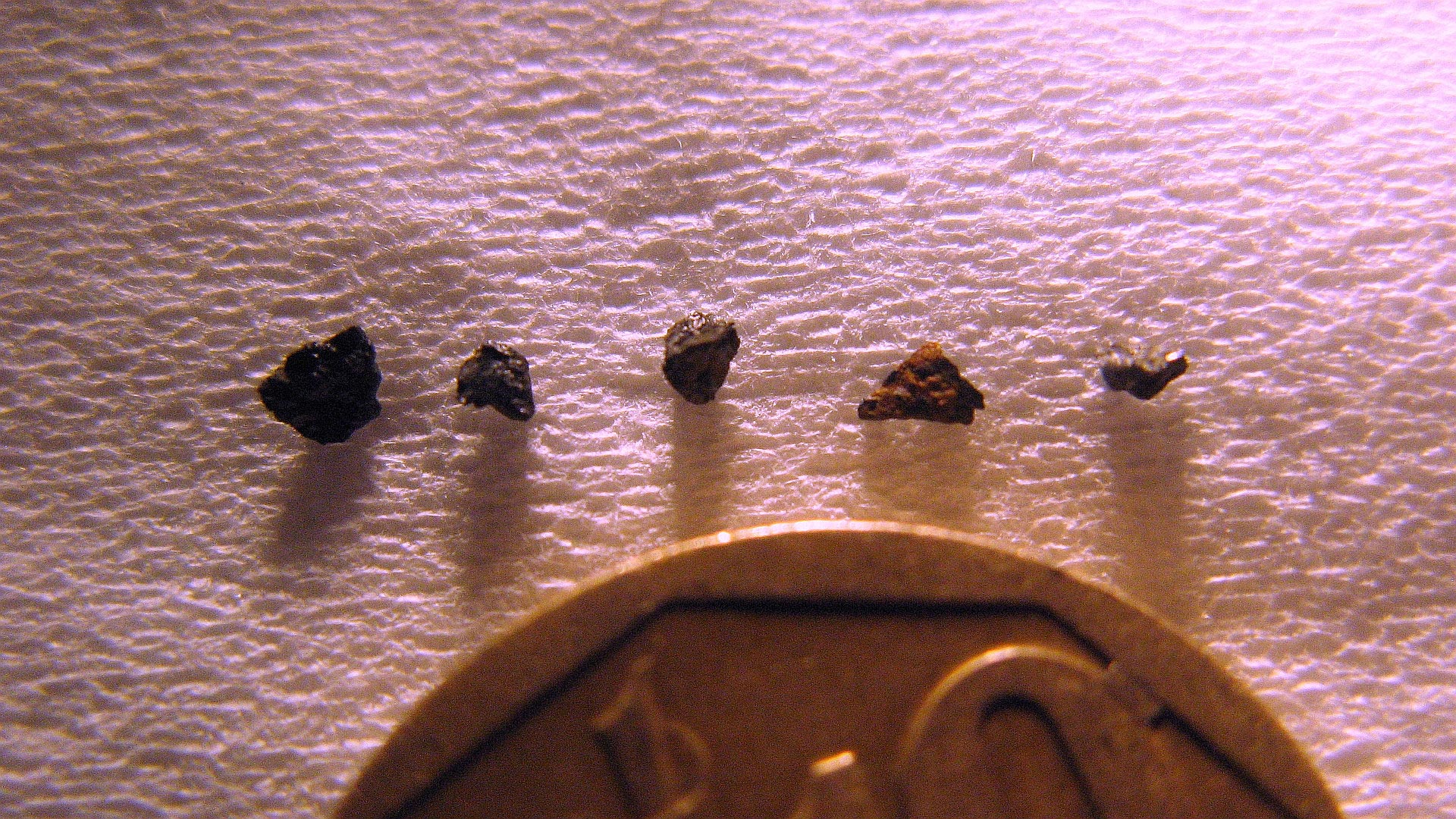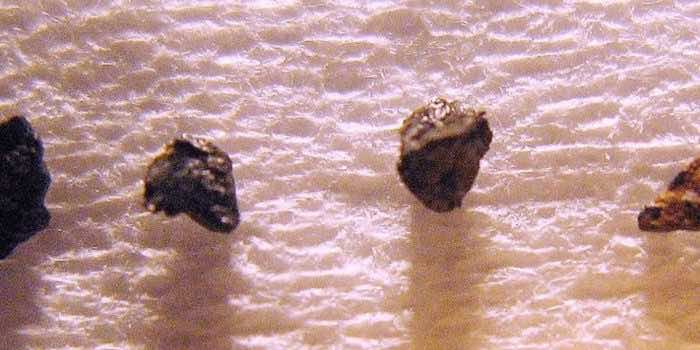‘Standard candle’ supernova explosions are some of the most energetic events in the Universe. It happens when a dense white dwarf star subsumes another star. Researchers believe that they have found the first evidence on Earth of such a supernova.
This was found out after a study of the extraterrestrial Hypatia stone that was found in Egypt in 1996.
Over billions of years, that mix of dust and gas would have turned into a solid, the researchers say, eventually forming the parent body that Hypatia came from sometimes close to when our Solar System first came into being.

“In a sense, we could say, we have caught a supernova Ia explosion in the act, because the gas atoms from the explosion were caught in the surrounding dust cloud, which eventually formed Hypatia’s parent body,” says geochemist Jan Kramers from the University of Johannesburg in South Africa.
The team observed 17 different targets on a tiny sample of Hypatia.
The clues included an unusually low level of silicon, chromium, and manganese, suggesting that the rock hadn’t been formed in the inner Solar System. They also saw high levels of iron, sulfur, phosphorus, copper, and vanadium, again making the object distinct from anything in our particular neighborhood in space.
The researchers also showed that Hypatia didn’t match what would be expected if it came from a type II supernova – it has too much iron relative to silicon and calcium – and that leaves the intriguing possibility that this is a leftover from a type Ia supernova, and the first to be found on this planet.
“If this hypothesis is correct, the Hypatia stone would be the first tangible evidence on Earth of a supernova type Ia explosion,” says Kramers.
“Perhaps equally important, it shows that an individual anomalous parcel of dust from outer space could actually be incorporated in the solar nebula that our Solar System was formed from, without being fully mixed in.”

Of the 15 elements analyzed in the stone, several matched what would be expected if the object had come from a dense white dwarf star explosion.
However, the research is still ongoing. A further six elements don’t match type 1a supernova models: aluminum, phosphorus, chlorine, potassium, copper, and zinc.
“Since a white dwarf star is formed from a dying red giant, Hypatia could have inherited these element proportions for the six elements from a red giant star,” says Kramers. “This phenomenon has been observed in white dwarf stars in other research.”


